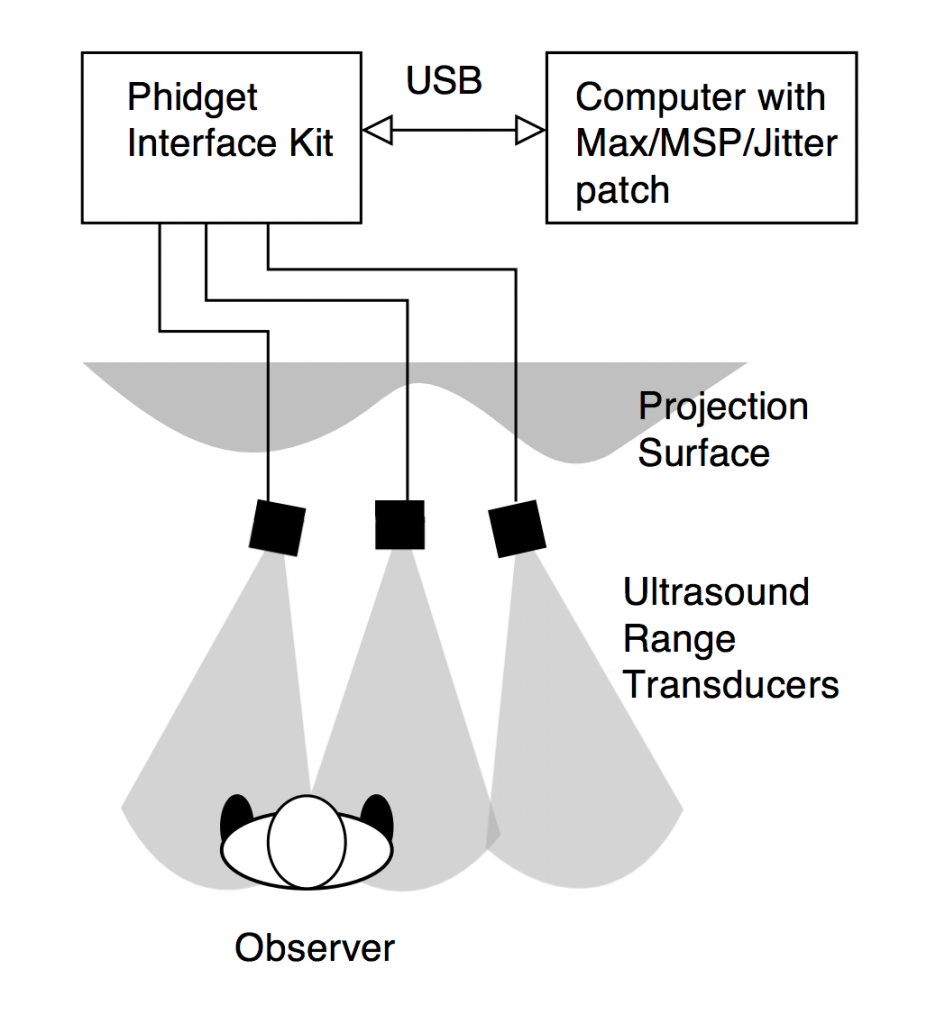artist + body: Oksana Kryzhanivska
This artist Oksana Kryzhanivska collaborated with the Computer Science Department at University of Calgary to create these works she titles Milk/Formula, which is documented here: Body Topography: Simulating Human Form.

Keeping this graph in mind, we are able to thoroughly understand and appreciate the elements of design, empathy and insight within this exhibition.
H – hear
observations
Oksana is inspired by contemporary philosopher Slavoj Žižek – who elaborates on the terms Real, Symbolic and Imaginary coined by Jacques Lacan. “The Imaginary internalizes the coherent image if the ideal world, Symbolic is a composed perception of the world trough symbols and language, and Real is a realm of unconscious, the in-comprehensive. According to Žižek the Real is beyond Symbolic, and is opposed to Imaginary.” The artist then can’t help but wonder, what is technology’s role in all of this?
Outside of these understandings, she observes that “technology redefines physical and psychological boundaries of a human body”, which greatly affect human body appearance.
Also, Oksana seems fascinated with this idea of visualizing reality. Specifically, how “consciousness and the act of seeing creates the illusion of understanding the universe as stable, predictable, singular and finite.” A huge theme that develops from this is the reinforced idea that reality is entirely subjective.
stories
Additional research references artists Matthew Barney and Stelarc, who, in her eyes “explore limitations of human body in human appearance by physically altering the flesh.” Alternatively, “exploring virtual modifications to the digitized body” is of greater interest, as she also goes deeper into the idea of the two dimensional screen transforming into a window.
She also touches on writings by Jean Baudrillard and his thoughts on there being two types of images, between the object and the projection. What happens when you view a copy without referring to the original? Oksana again wonders how modern technology is understood in this context.

C – create
themes
Technofetishism, Illusionary art (trompe l’oeil — “trick of the eye”), combining physical with virtual, combining scientific and artistic exploration of the human body
opportunities + solutions
Taking a “visual and sensory approach” with this project seemed to make sense from an early phase in her creative process.
The theme of ‘combining physical with virtual’ is expanded upon by “mathematically enlarging” a physical copy of the breast with the fictional, projected anatomy. This exposes further themes of the confusion that takes place in this space between virtual and physical, accompanied by “the impossibility to set a threshold between natural and artificial in the appearance of a body.” The artist “questions the faithfulness of human perception regarding the body in presence of technology.” By taking this opportunity to “unveil the impact of technology”, perception of the “ideal and real body” become impacted as well.
Combining the virtual and tactile objects in one sculpture also contribute to further observations on technology, allowing her to recognize “the power of virtual image of the body”, and how it “inform[s] the generalized perception of human appearance.”
In these ways, the use of technology is also explored as a symbol of becoming “a surrogate to human reproduction”.

D – deliver
prototypes
Both the surface that the projection is being displayed on and the rapid prototypes on the tables are 3D scans from “a natural human body”. The sculptures on the tables have been clearly manipulated, as many have more than one nipple, and are obviously not to scale, being three feet wide in diameter. This is to continue the idea that our perceived reality can be quite different than the overarching ‘Truth’.
The sculpture Wet Nurse in particular uses a wide variety of digital technologies: optical scanning, rapid prototyping, computer graphics, projection, and object tracking. The projected image of the mammary gland on the wax breast is connected to three ultrasound sensors.By estimating the position of an observer to the sculpture and projected mammary gland, the ultrasound sensors reference corporeal sensation and complete the intimate and tactile environment of the installation.
As a whole, the exhibit relies heavily on interaction – both in accordance to the object tracking of the viewer, and also because the works’ meanings are so subjective.
implementation plan
Oksana ultimately chooses to explore the concept of “the human-machine relationship manifested as a digitally interpreted lactating breast” with visual and sensory elements.
The projection wax reproduction is to be, in essence, perceived as a sculptural object or “interactive relief”.
There is also the importance to the idea that the object is immersed in a “mixed reality” environment, which is integral to the underlying context: acknowledging a “subjective reality”, therefore “annihilates” the notion of an absolute truth.
